After 25+ years as a police officer, Nick was able to retire in December 2021 and has been keeping busy with new farm projects. We recently got a small greenhouse and I will be trying out my hand at growing tomatoes this fall and early winter.
D has expressed a renewed interest in horses and so it looks like there will be horses in our near future, if her interest continues and she is willing to put in the work to keep up them properly.
We are also modifying our fencing and pasture setup to accommodate some beef steers to raise a few every year, for grassfed beef. We currently have about 80 laying hens on pasture and have been doing fairly well selling rainbow eggs.
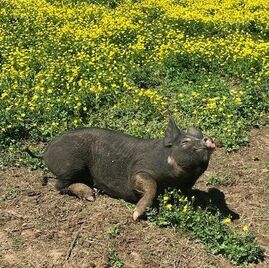

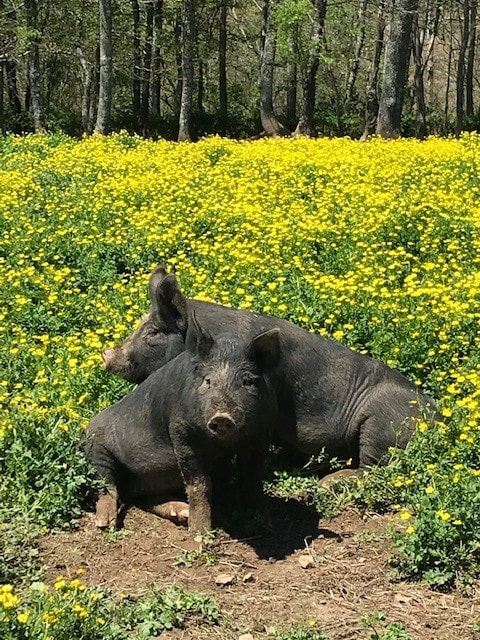
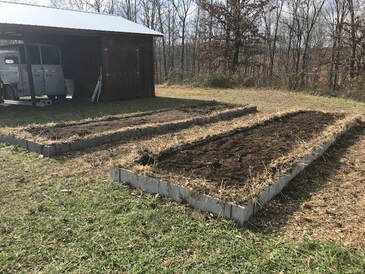
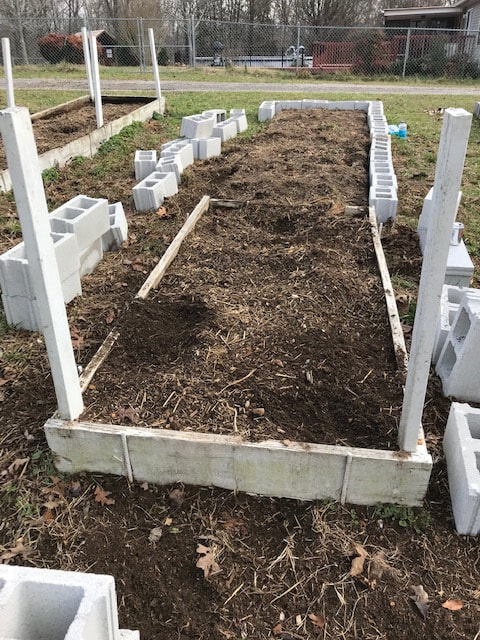
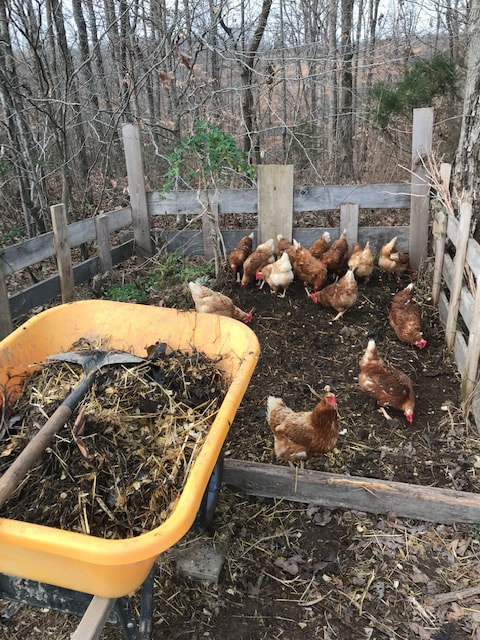
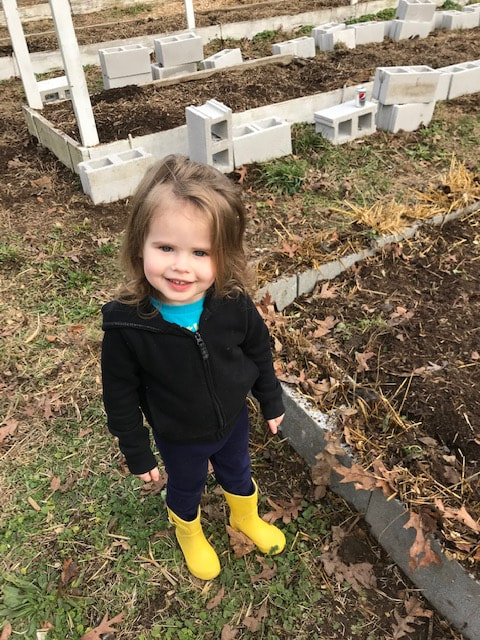
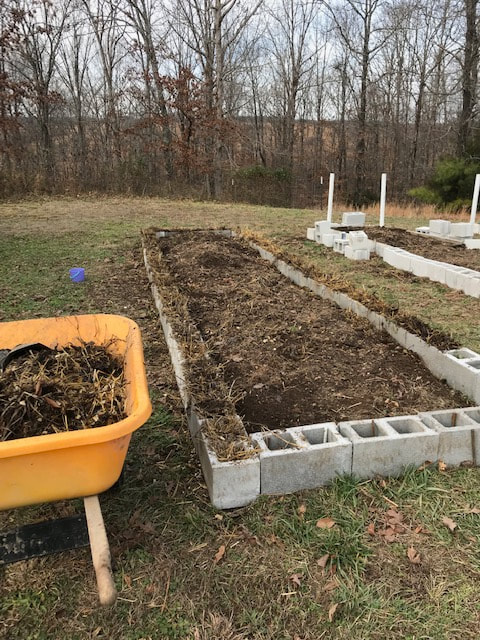
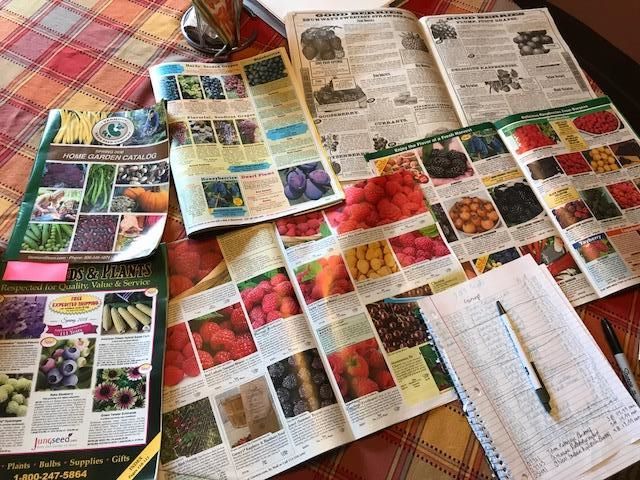
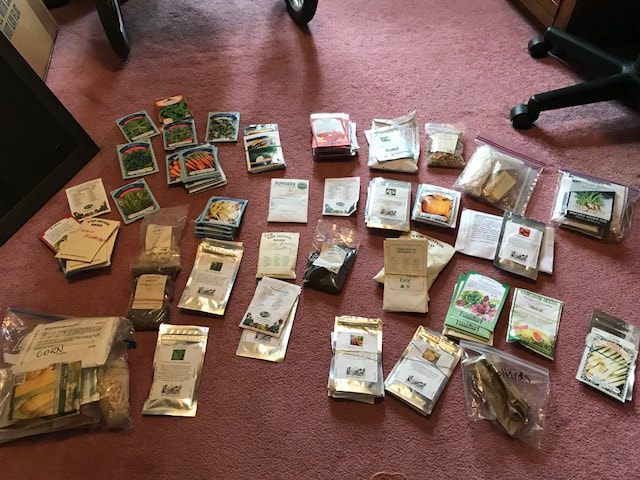

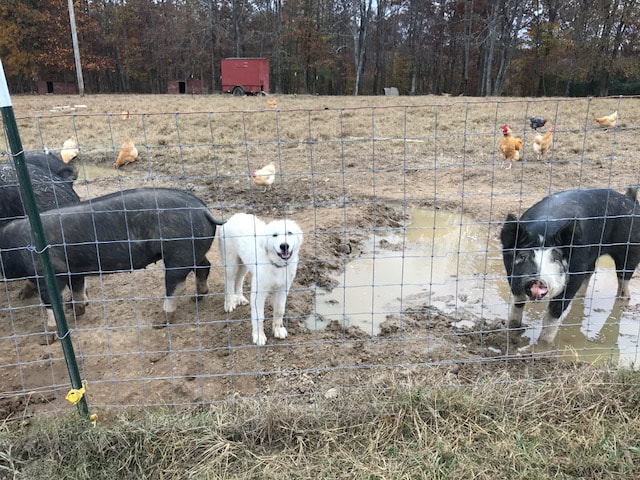
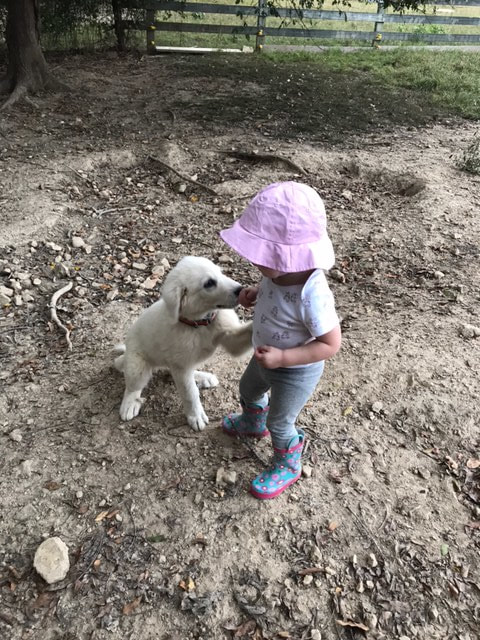
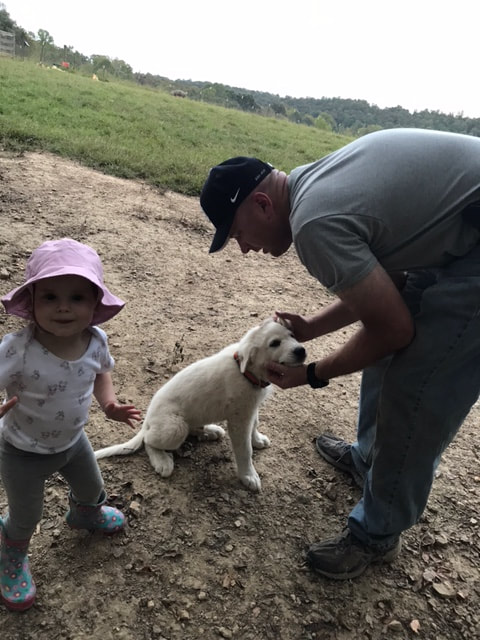
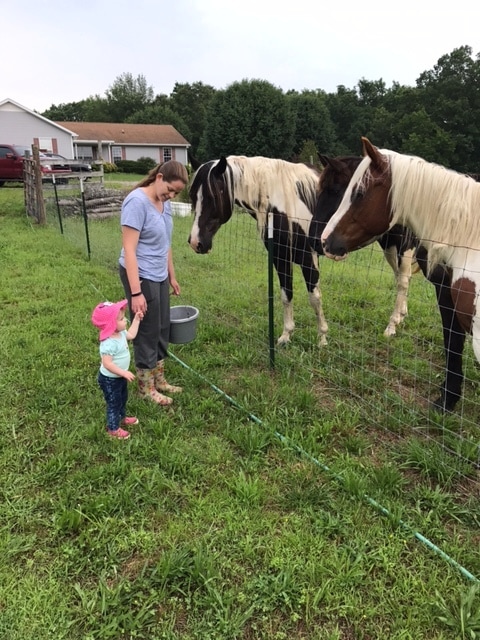
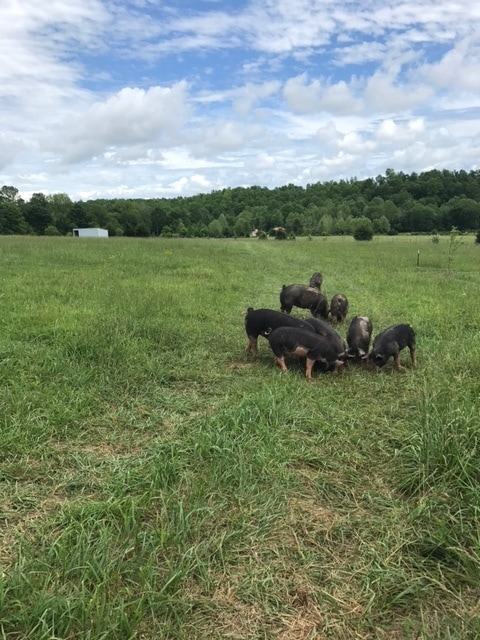
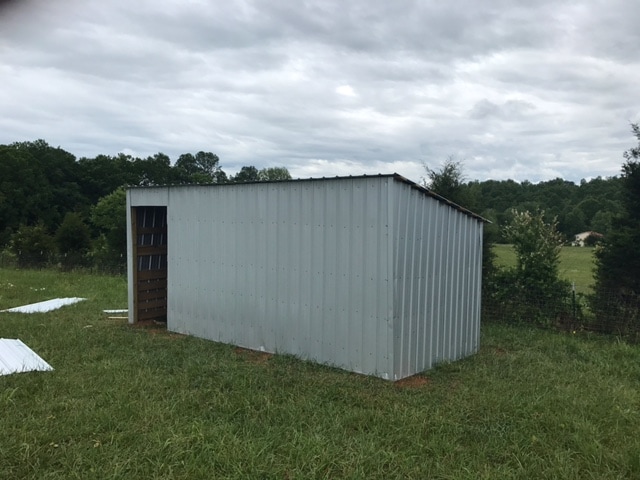
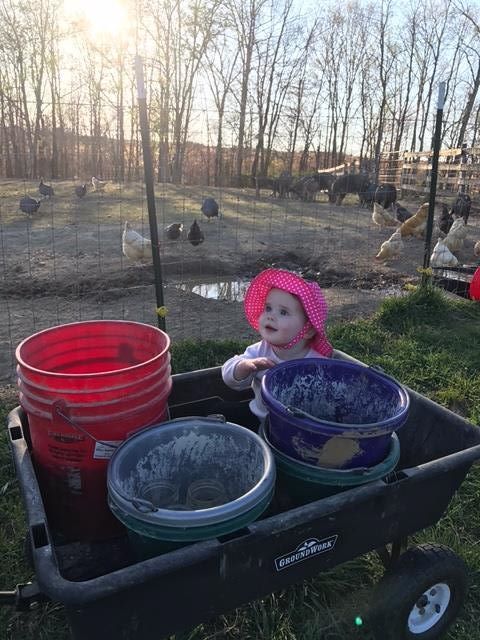
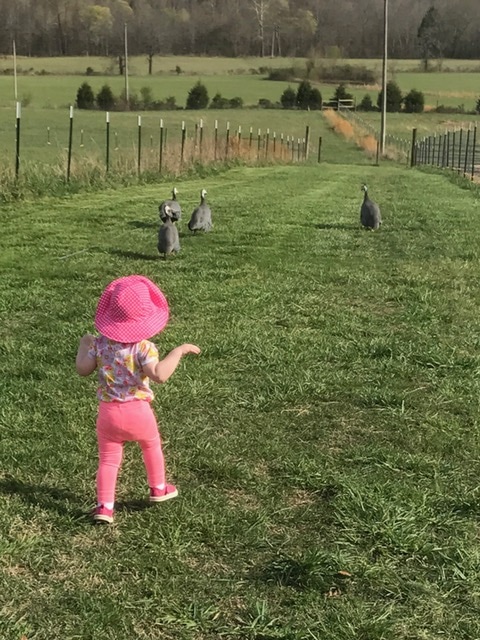
 RSS Feed
RSS Feed
